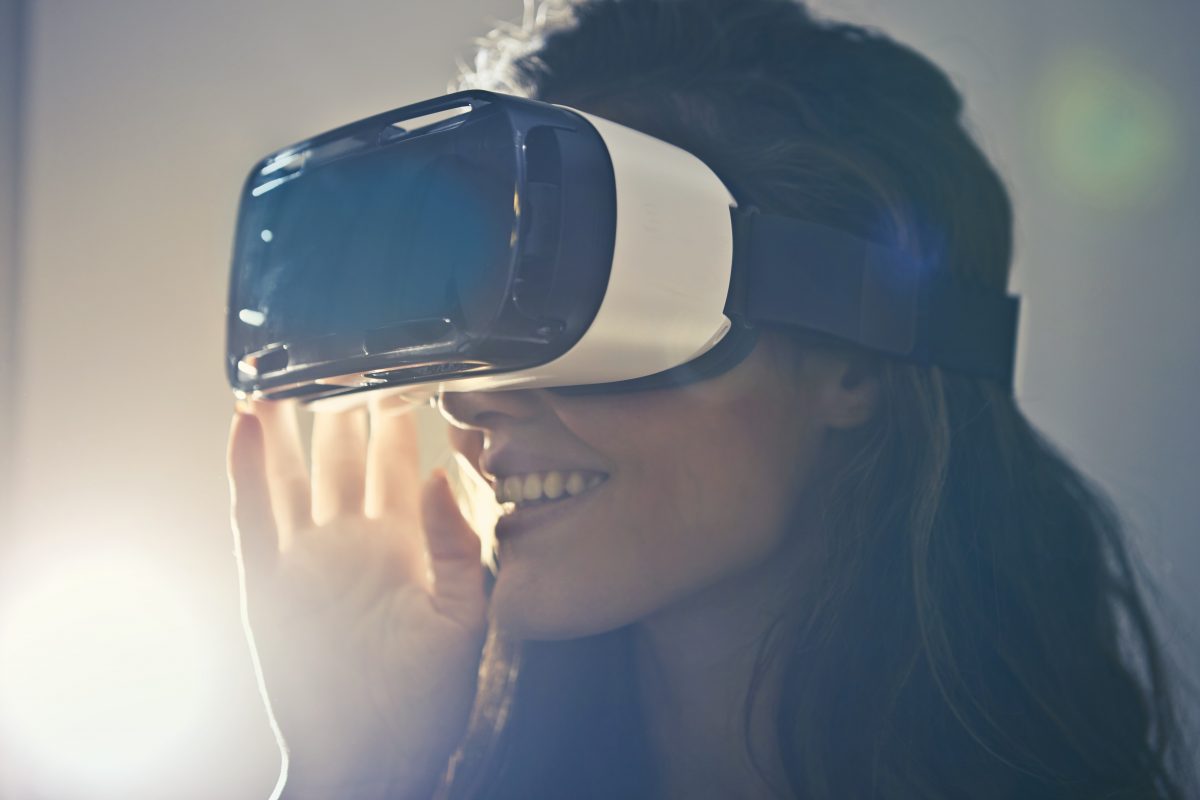We use cookies to maximize your online experience with us. By closing this window, you consent to our cookie policy. You can change your cookie settings in your browser any time. For more information, please see our Privacy Policy located on the footer of this site.
AI Set To Profoundly Affect The Workplace

This kind of change is already evident in warehouses and distribution centers, where robots handle much of the work that used to be handled by us mere mortals did, with human assistance only used to oversee and intervene in the rare instance when something goes wrong.
Published in Workplaces Magazine | Nov. 2018
by Steven Lang

A quick Google search on artificial intelligence (AI) will turn up hundreds of articles discussing the impact AI is having on everything from research and development to hiring to sales, in virtually every industry you can imagine.
Given that, is there any chance the office furnishings industry won’t be affected by AI? The answer, in a word, is NO. Because AI is profoundly changing the way in which work is conducted, it inevitably will also transform the look of the workplace, as well as the furnishings and technology employed there.
This kind of change is already evident in warehouses and distribution centers, where robots handle much of the work that used to be handled by us mere mortals, using human assistance only to oversee and intervene in the rare instance when something goes wrong.
Manufacturers have benefited from this model for years, producing great results. Machines, after all, are faster, cheaper, more efficient, and far more accurate than people are. On top of that, advances such as 3D printing open the door for manufacturing and warehousing to be handled on an on-demand basis, eliminating the need for large spaces in which to stockpile products.
With those products in mind, how will AI impact the way in which offices and other traditional workspaces are used? With the advent of AI, many companies are already scaling down their workforces to reduce unnecessary overheads. Some analysts predict that as many as three out of every 10 corporate jobs could disappear by 2026, to be replaced by AI. Those remaining workers, though, are likely to be hyper-connected (think not just laptops, but mobile devices, video conferencing, and virtual reality) and unrestricted by the need to come into the office in order to work.
As a result, workspaces will need to be more flexible than ever before, catering to those who work remotely and only need to use an office occasionally, or those who work outside the confines of a conventional 9-to-5 day. Collaborative spaces which allow not just workers employed by the same company, but a host of different businesses to work under one roof will become commonplace, making better use of space and creating an environment of flexible workers rather than everyday tenants.
For the interiors industry, all of that will translate into the need to design and build in a way that accommodates flexible working environments that can accommodate rapid transformation. These collaborative spaces will enable companies that have different working behaviors and work at different speeds to work side-by-side and even work with each other as opportunities arise, while simultaneously allowing for quick, non-disruptive conversion should the tenants change.

AI will also have a profound impact on the technology that will need to be built into this new, flexible workspace. While the sky is the limit when it comes to AI, it’s already possible to see the impact AI has had on video meetings. Rather than entering an endless series of conference codes to start a meeting, for example, voice-enabled AI is allowing users to start or join a meeting simply by uttering a command.
On the horizon will be solutions that allow video conferences to share and manipulate 3-D virtual holograms in real-time. Users will even be able to interact with these holograms. As a result, customers will not only be able to see a virtual model of a product which they may be interested in purchasing. They will actually be able to try that product.
While that video conference is happening, AI will be able to take notes, leaving participants free to focus on what is being said. AI-based voice-to-text transcription also has the ability to identify each speaker at a meeting. After the meeting, users will be able to skim the resultant transcript, searching and analyzing it for specific segments or mentions in the script. AI can also be employed by sales teams to analyze and improve their performance in such meetings.
AI, in fact, will allow business managers to gain extraordinary insights into employee behavior, which again will influence the design of workplaces and furnishings. For example, AI already enables companies to merge data with employee calendars and emails to determine if existing office layouts are promoting collaboration. AI is also helping business to determine how quickly workers are accomplishing specific tasks, and then assess whether improvements in the workspace will increase their effectiveness and productivity.
AI is also directly benefitting the employees. In factory and warehouse settings, AI is being used to determine if workers are properly using safety equipment. If not, improvements in workspace layouts can be employed to assure workplace safety.
Workspace layouts have even hit the mainstream. AI already is being used by Wayfair, the popular home goods company, allowing prospective buyers to see how furniture or decor might look in their own homes by simply using their smartphone camera. A more sophisticated version of the same AI application is now becoming commonplace in furnishing office space for maximum flexibility and worker collaboration.
While AI is still in its infancy, there’s little doubt that it already is having a huge impact on the way in which workspaces are designed, and in turn, the kinds of furnishings that will be used to make them most productive and accommodating to a new breed of workers. Given that, it’s a safe bet that AI holds untold promise for the entire furnishings industry, profoundly changing the way in which furnishings are made and used in the workplace.
Steve Lang, President & CEO dancker
Connect with Steve on LinkedIn to share your thoughts on #workplaceofthefuture

